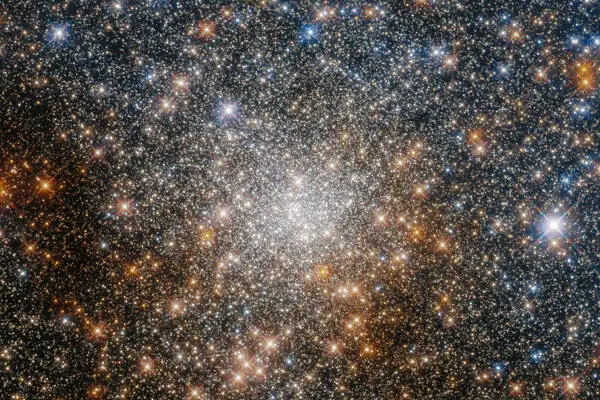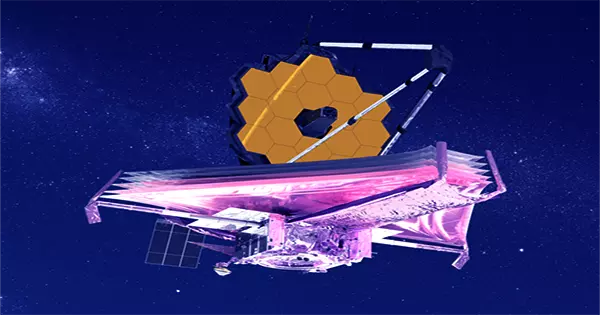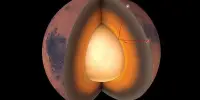JWST observations have unveiled interesting information about the atmosphere of a nearby exoplanet. VHS 1256 b is a planet that circles not one, but two stars. The system is 40 light-years distant and is an excellent target for JWST.
VHS 1256 b is the planetary-mass object with the greatest luminosity shift discovered to date. JWST measurements indicate that silicate material is continuously churned during the planet’s 22-hour revolution, reaching a scorching 830 °C (1,500 °F) at the summit of the atmosphere.
Not only do the clouds resemble grit; JWST also clearly detected water, methane, and carbon monoxide. The existence of carbon dioxide is also supported by data. This is the greatest amount of compounds that have been discovered in an extrasolar planet’s atmosphere thus far.

According to main author Brittany Miles of the University of Arizona, “VHS 1256 b is a great target for the JWST because it is about four times farther from its stars than Pluto is from our Sun.” That indicates that the planet’s radiation is not diluted by that of its stars.
This heavenly entity is extremely complex. This object is at the lower limit of the brown dwarf mass spectrum, with a mass of about 12 or 16 times that of Jupiter. Brown dwarfs are substellar objects that never grew large enough to combine normal hydrogen. They can fuse deuterium, a heavier form of hydrogen, but it is unclear whether this is the situation here.
Despite being so far from its two stars, the object’s high temperature does not inherently indicate that it is fusing something at its center. The age of VHS 1256 b is only 140 million years. Gas giant planets typically develop at high temperatures. The gravitational potential energy is transformed into heat as the protoplanetary nebula’s atmosphere is squeezed.
Brown dwarfs and large worlds can both experience strange weather events, such as the clouds we observe on Earth. Because JWST was able to provide such in-depth views, scientists were able to determine that the clouds contain a variety of grain kinds.
“The smaller silicate grains in its atmosphere may be more like tiny particles like in smoke,” said Beth Biller, co-author from the University of Edinburgh in Scotland. “The larger grains may be more like extremely hot, extremely small sand particles.”
These discoveries were made as part of the Early Release Science Programme, and they are only the beginning of the investigation into this intriguing celestial entity.
Elisabeth Matthews, a co-author from the Max Planck Institute for Astronomy (MPIA) in Heidelberg, Germany, said, “We’ve isolated silicates, but better understanding which grain sizes and shapes match specific types of clouds is going to take a lot more work.” This is just the start of a massive modeling endeavor to comprehend the complicated data from JWST, so it is not the last word on this planet.
















